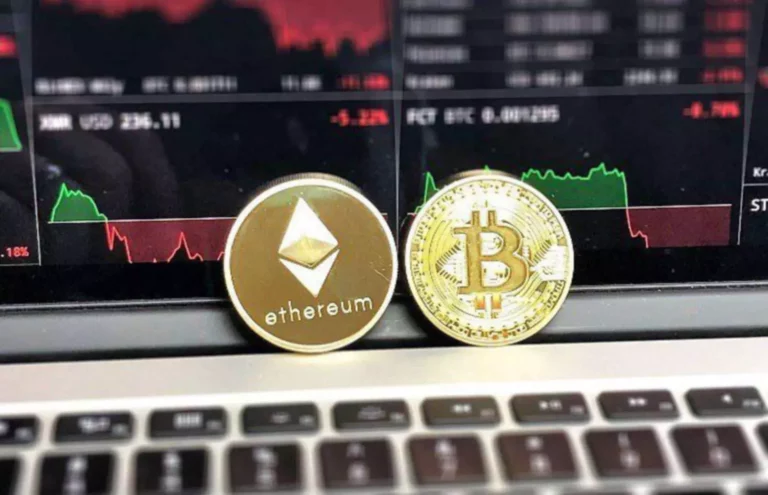Technology is used to identify trading opportunities and execute the same in a fraction of a second. The absolute reliance of high frequency buying and selling formats on complicated algorithms and interconnected buying and selling What Is High-Frequency Trading methods poses a big threat of systemic instability. Quick ProfitsBy executing plenty of trades, high-frequency merchants can make fast profits. Even if there are small price fluctuations, traders can make hefty income using HFT methods through the bid-ask spreads. Quote StuffingIt involves shopping for and selling plenty of orders quick to create confusion in the market.
Mas: Complete Online Financial Advisory
Speed, effectivity, and the ability to adapt to changing market conditions are critical for fulfillment in high-frequency buying and selling. The main distinction between HFT and algorithmic buying and selling lies in the speed and volume of trades. HFT focuses on executing a lot of trades at extraordinarily high speeds, whereas algorithmic trading may involve fewer trades with longer holding durations and less emphasis on speed. Both methods use algorithms to make buying and selling selections, but HFT relies more closely on velocity and technological infrastructure. Volatility fluctuations exacerbated by algorithmic HFT can outcome in important losses for investors. Many traders put stop-loss orders on their inventory holdings at levels which are 5% beneath current buying and selling prices on a daily basis.
The Position Of Algorithms In High-frequency Trading
Certain chart factors cover significant numbers of merchants and traders sitting in losing positions, as a end result of they bought into sudden reversals. To summarise, the gap between what buyers need to pay and what sellers want to be paid has narrowed considerably over the last 20 years. High-Frequency Trading has also increased market liquidity, lowering bid-ask spreads.
Is High-frequency Buying And Selling Allowed In India?

SEBI first introduced laws related to algorithmic trading in March 2008, which required that all algorithmic orders be tagged with a novel ID number. In March 2009, SEBI proposed new tips for algorithmic buying and selling, which required algorithmic traders to have enough risk administration controls and techniques in place. The pointers prohibited self-trades by brokers and required that brokers present safety features like worth bands, amount limits, and automatic cancellation of orders.
Sebi’s Revolutionary Ideas Restructure Inventory Market
HFT is a particular kind of algorithmic buying and selling that focuses on executing high-speed trades to exploit short-lived market opportunities. Algo trading is a broader term encompassing a variety of buying and selling methods executed using laptop algorithms, together with each high-frequency and different types of automated trading. News buying and selling strategies in HFT buying and selling capitalise on the quick impression of news announcements and occasions on market prices. HFT algorithms continuously monitor news feeds, social media platforms, and other sources to rapidly assess the sentiment and relevance of incoming info. Since the costs do not fluctuate often, how can investors benefit from these minimal value fluctuations and make earnings out of them using an online buying and selling app? In such situations, they prioritize the number of orders somewhat than the value fluctuations.
For energetic shares, competition is fierce, and ultra-low latency is critical. HFT market-making focuses on the most liquid securities like large-cap shares and ETFs. Algorithms input numerous data points to forecast anticipated buying and selling exercise and optimize quoting methods.

What Is Meant By High-frequency Trading?
In contrast, high-frequency buying and selling relies on laptop algorithms that may execute a big volume of orders at extremely fast speeds. The automated nature of high-frequency trading permits swift decision-making and eliminates human errors that can occur throughout guide trading. The lightning-fast trading capabilities in HFT elevate considerations about market manipulation, similar to spoofing or layering. This is the place traders artificially inflate or deflate costs to deceive other market individuals thereby undermining market integrity and investor confidence.
Advantages Of High-frequency Trading (hft)
Even if the worth fluctuates by Rs 1 or 2, it turns into a worthwhile venture for someone enterprise high-frequency buying and selling. All the choices concerning portfolio allocation are made by artificial quantitative fashions. Among high-frequency traders, the competition is between who can execute the highest variety of trades in the least amount of time.

When selecting a buying and selling solution, care have to be taken to check it in small volumes first. The extra advanced the algorithm, the extra detailed back-testing is required before its implementation. This easy step will guarantee that you’re utilizing an appropriate and correct trading service.
HFT offers rise to higher market liquidity due to the big volumes and transaction speeds. As it creates more liquidity in the markets, HFT even benefits common retail buyers indirectly. What’s extra, the algorithms used in a high-frequency buying and selling technique additionally play a key function in scheduling orders and sending them into the market. They analyse live market feeds, pinpoint beneficial trading signals and even establish the optimal entry or exit factors for a commerce. Based on these analyses, high-frequency trades are automatically executed. High-frequency trading is usually thought-about extra environment friendly than conventional buying and selling as a end result of it eliminates human interference.
- However, their use has helped improve quantity in exchanges the world over and reduces impact/transaction cost.
- The solely factor the investor does is to press a button and watch the income circulate.
- Index arb depends on detecting and rapidly trading short-term ETF pricing inefficiencies.
SEBI’s new algorithmic buying and selling guidelines and reforms after the NSEL crash have also added checks on HFT in India. Another development is the automation of buying and selling processes from begin to finish. This includes algorithmic development, strategy design, pre-trade analysis, trade execution, post-trade processing, and threat administration. Full automation enables HFT to scale dramatically while minimizing people within the loop.
Advanced machine learning fashions incorporate threat analysis for sharper forecasts. For anticipated occasions, a lot of the worth movement typically happens pre-release during hypothesis quite than after. Restrictions had been launched after 2010’s “flash crash” to stop volatility round information. Identifying and reacting seconds quicker than human notion provides an edge.
Read more about https://www.xcritical.in/ here.
